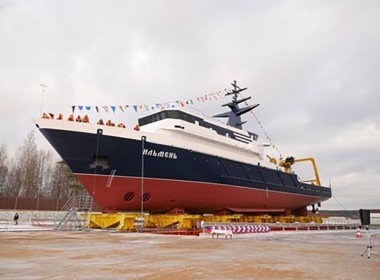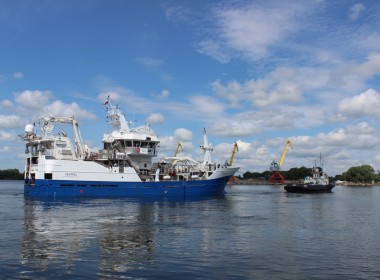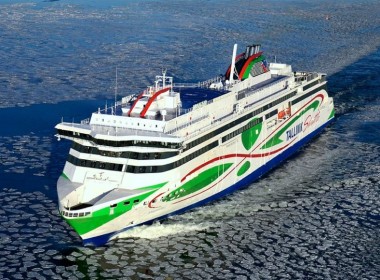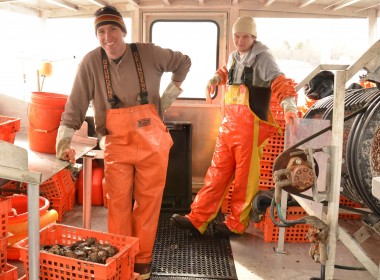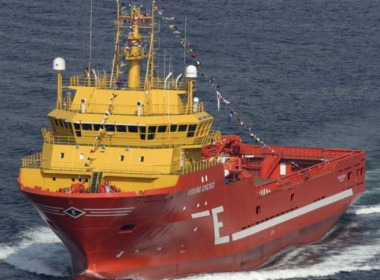New research project to investigate effects of changes in nutrient load in Finland’s Archipelago Sea

Despite long-term work on water protection, the condition of the marine environment of Finland’s Archipelago Sea has not improved as hoped.
The aim has been to improve the condition of the sea with water protection measures in the catchment area, but the amount of nutrients in the Archipelago Sea, phosphorus in particular, has only decreased slightly.
The MAAMERI research project is a part of the water protection enhancement programme. It aims to investigate the effects of reducing the phosphorus load coming from land on the marine environment in more detail and to understand how the recovery of the environment could be enhanced.
The project is led by the Finnish Environment Institute (Suomen ympäristökeskus; SYKE), and its participants include the Geological Survey of Finland (GTK), the Finnish Meteorological Institute, Åbo Akademi, the University of Turku, the University of Helsinki, as well as the Centre for Economic Development, Transport, and the Environment for Southwest Finland.
The project improves the knowledge base and develops tools for the planning and assessment of water protection measures further.
The research focuses especially on measuring the particulate matter that ends up in the water. It also studies the seafloor sediment processes and the interaction between the phosphorus load and the biota that manifests (e.g. in algal blooms).
In addition, new tools based on satellite measurements and ecosystem modelling are developed.
The total budget of the project is approximately €2.2 million (US$2.5 million).
Nutrient load traced to various sources
The nutrient load on waters comes from many sources: municipal wastewater, industry, fish farming, agriculture, rural settlement, forestry, atmospheric deposition, and storm waters. Most of the nutrient load on many Finnish sea areas, the Archipelago Sea included, is still due to diffuse loads, such as the load from agriculture.
The load coming from land changes on its way from the source to the sea and further from estuaries to open sea due to the hydrology of the area and the characteristics of the waterways.
In coastal areas and the open sea, many simultaneous physical, chemical, and biological processes affect the cycling of nutrients. For example, the biogeochemical processes of the sediment and the oxygen situation of the seabed have a significant impact on the phosphorus cycling.
Proper tools to ensure proper planning of measures
To support the planning of water and marine environment management measures, tools are needed for assessing the goals set on reducing the load, as well as the related uncertainty, with a view to the good condition of the marine environment. Such tools, as the currently used Archipelago Sea model, are developed and improved in the MAAMERI project, which is itself based on the existing long-term work on understanding and controlling the nutrient load of the Archipelago Sea and complements it.
MAAMERI project leader and senior SYKE researcher Hermanni Kaartokallio said the work done in the project includes not only modelling and remote sensing, among other things, but also field studies conducted in the Archipelago Sea using research vessels of different sizes.


